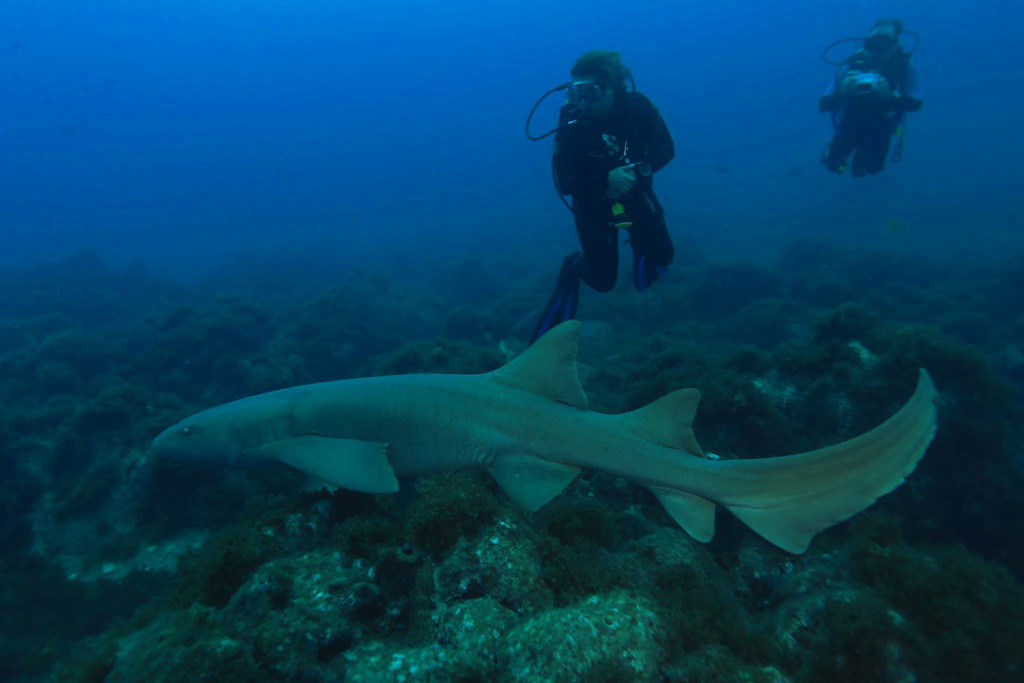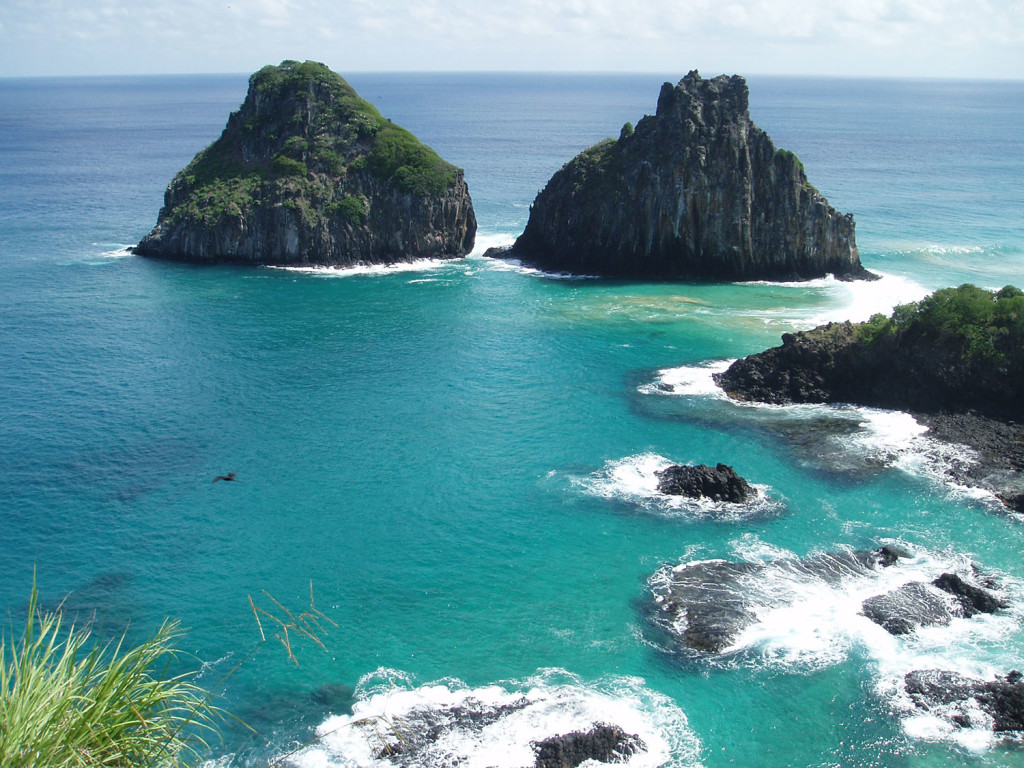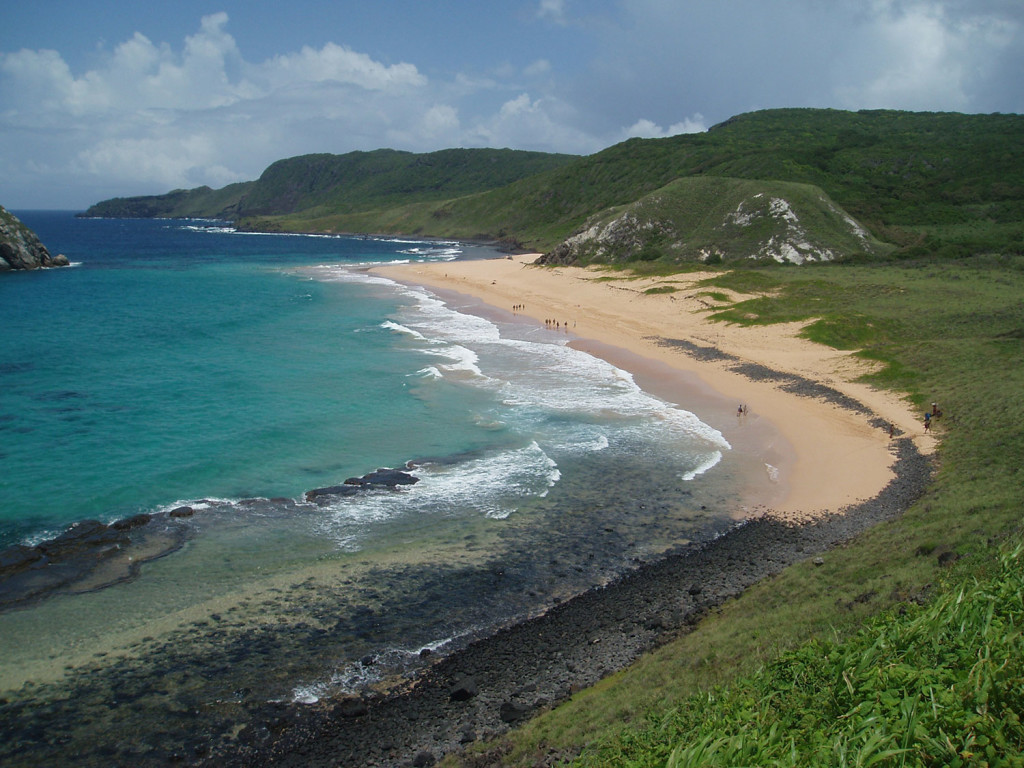With an 8,000-Km coastline which extends from the Equatorial Northern Hemisphere to the frigid waters of the Falklands Current in the South, along the Atlantic Ocean´s Western Seaboard, one would imagine that Brazil would offer an array of opportunities to dive with sharks and rays of a variety of species. It might have in the past – but that´s no longer the case.
Plagued by decades of rampant overfishing, condoned if not openly stimulated by governments without any environmental awareness, Brazil has seen its shark & ray populations disappear one after another, following a global tendency. Unlike in other places, however, where in recent years conservation measures have been taken and protected areas established to allow for the recovery of these and other endangered marine species, in Brazil these measures are still largely ignored.
With the demise of sharks and other marine life, the Brazilian diving industry has not been able to fully realize its potential of providing jobs and income to coastal communities and to help lift these out of poverty. Nevertheless a good number of dive operators still resist, and some authors pout the number of certified divers in the country as more than 500,000.
Jutting out of the emerald sea some 200 miles off the Northeastern tip of the Brazilian mainland, the archipelago of Fernando de Noronha has been a welcome exception to the sad rule of Brazilian marine heritage loss. Protected since 1988 by a National Marine Park which covers most of its surrounding waters and remaining island forests and seabird colonies, and declared as a World Heritage Site in 2001, it has become a mecca for Brazilian divers, although it is still rather unknown by the global dive community. Because of these layers of protection, marine wildlife is still abundant, and some 2,500 dives per month ensure an economic interest in its continued protection.
Fernando de Noronha, however, continues to lose its sharks and harbors an untenable paradox. Several species occur around the islands, including lemon, nurse, hammerheads, tiger, and many others. However, in the inhabited portion of the main island it is still legal to land and sell shark & ray products. Yes, they are protected in the National Marine Park waters, but longliners ravage its surroundings and send dead sharks to the continent – from which they are sent back to Noronha for sale as shark steaks and appetizers!
In order to close this loophole and ensure that sharks are fully protected in Fernando de Noronha, Divers for Sharks, a dive industry campaign based in Brazil, has proposed to the State Government of Pernambuco (whose jurisdiction encompasses the archipelago) that it be declared a Shark and Ray Sanctuary where all fishing, landing and sales of sharks and rays are forbidden. This would create the first Shark Sanctuary of Brazil and, in fact, of the South Atlantic, and help raise awareness in the entire country about the need to protect sharks and their importance for the dive industry as flagship species generating jobs and revenue.
You can help make this new Shark Sanctuary a reality by writing to the Pernambuco State Secretary of the Environment, Sergio Xavier, at semaspernambuco@semas.pe.gov.br and stating your support, as a diver or dive operator, for the establishment of this Sanctuary. Every message counts, especially those coming from abroad! Divers for Sharks – and the Brazilian dive industry – thank you for your interest and help.
To learn more about Fernando de Noronha: http://brazilforlife.com/brazil-blog/destinations/world-class-brazil-scuba-diving-at-fernando-de-noronha-island/









